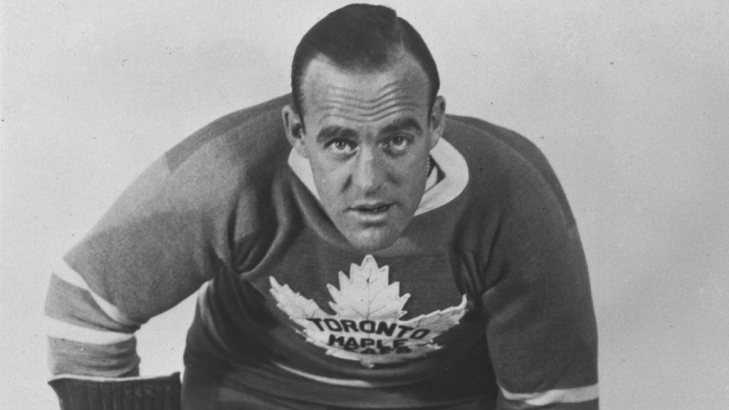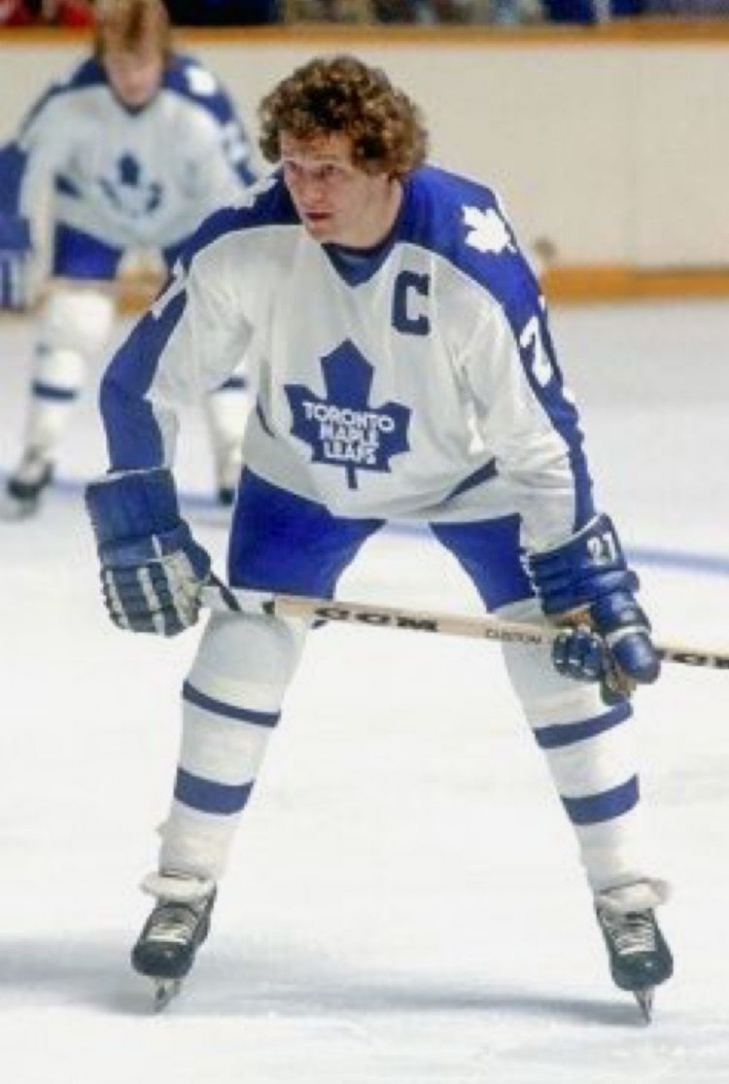
Committee Chairman
9. Mats Sundin
Mats Sundin played four seasons with the Quebec Nordiques before he was traded to the Toronto Maple Leafs in the transaction that sent Wendel Clark the other way. It was a tough start for Sundin in Toronto, as Clark’s popularity in Toronto was astronomical, but Sundin proved quickly that Toronto won the trade.
Sundin could not match the 114 Points he scored in the 1992-93 season as a Nordique, but the rules changed that favored a more defensive game, and he was still a Point-per-Game player with Toronto. From 1995-96 to his final year in Toronto, 2007-08, Sundin scored at least 70 Points and would lead the Leafs in scoring eight times. The Swedish Center would be a two-time Second Team All-Star and was arguably the face of the franchise for a decade. Toronto might not have won or even made a Stanley Cup when Sundin was their leader, but any player at the top of their food chain for an Original Six team is a legendary figure.
Sundin entered the Hockey Hall of Fame in 2012, which would be the same year his name was added to honored players at the ACC. The Maple Leafs retired his number #13 in 2016.
7. King Clancy
In the 1920s, while he was playing for the Ottawa Senators, Francis Michael "King" Clancy was one of the top Defenseman in professional hockey. While he likely lost most of the fights he was in, the 150-pounder was afraid of nobody. Clancy led the Sens to two Stanley Cups, but Ottawa made a colossal error, as they traded him to the Toronto Maple Leafs before the 1930/31 Season.
The transaction became known in circles as the "best deal in hockey," and Clancy’s already stellar game had a bigger platform. Clancy led Toronto to a Stanley Cup win in 1932, and he would be named a post-season All-Star four times as a Maple Leaf. Clancy brought leadership and identity to Toronto, and he would also be known for his charitable work off the ice.
Clancy retired in 1936, and he would forever be associated with Toronto, later serving as their Coach, then General Manager, and multiple capacities in between. The NHL would later name an annual award given to the NHL player who demonstrates leadership qualities on and off the ice and who has made exceptional humanitarian contributions in the community.
Clancy was chosen for the Hockey Hall of Fame in 1958. In 1995, his name was part of the group that had their name honored at the Air Canada Center, and in 2016, his number 7 (also with Tim Horton) was retired by the team.
6. Darryl Sittler
Darryl Sittler was not only the top sniper for the Toronto Maple Leafs throughout the 1970s, but he was among the best in goal-scoring prowess in the entire league.
Sittler was a First Round Pick in 1970, and two years later, the Center had his breakout year with a 77-Point campaign. Sittler had arrived, and the Leafs faithful had a new favorite. After surpassing the 80-Point mark the next two years, Sittler was anointed the Maple Leafs’ captain, and he rewarded that choice by becoming the first Maple Leaf to crack 100 Points in a season. This was also the year where Sittler scored ten Points in a Game, a record that remains intact today.
After scoring 90 Points in 1976-77, Sittler had his best season in the NHL, scoring 117 Points, with a Second Team All-Star nod and a third-place finish for the Hart Trophy. Sittler had at least 87 points over the next three seasons. Still, around this time, his relationship with Maple Leafs owner, Harold Ballard, deteriorated, mostly over Sittler’s support of the ousted Head Coach, Roger Neilson. It got so bad that Toronto traded Sittler’s close friend and linemate, Lanny McDonald, to Colorado out of spite, and Sittler stepped down as captain.
Sittler was eventually traded to the Philadelphia Flyers in 1982, and the Leafs fans knew that Sittler was wronged, and he remained an icon in Toronto. Overall with the Leafs, Sittler scored 916 Points in 844 Games for a sparkling 1.09 PPG.
Sittler entered the Hockey Hall of Fame in 1989, and he was welcomed back with warm fanfare in 2003, when his name was added to the rafters as an honored member. In 2016, his #27 (along with Frank Mahovlich) was retired by the team.
5. Borje Salming
Borje Salming was not just one of the first hockey players from Scandinavia to play in the NHL, but the Swedish Defenseman was the first from his region to emerge as a superstar on the NHL level.
Salming signed with Toronto in 1973, but not much was expected as the NHL and North America generally viewed Europeans as soft and unable to maintain the rigors of their league. Salming immediately proved the naysayers wrong, scoring 39 Points as a rookie and finishing fifth for the Norris.
In the six years that followed, Salming was either a Second Team or First All-Star, and while he was never a Norris Trophy winner, he was never lower than fourth in the voting. From 1976-77 to 1979-80, Salming netted at least 70 Points, and he forever changed the perception of what Europeans could accomplish in the NHL.
Salming played with Toronto until the 1988-89 season, and he had one final year in the NHL as a Detroit Red Wing. With the Leafs, Salming played 1,099 Games, scoring 787 Points.
Salming’s overall play in the NHL laid the groundwork that other Swedish and European players followed. He entered the Hockey Hall of Fame in 1996, and his name was honored at Air Canada Center in 2006. Ten years later, his #21 was officially retired by the team.





